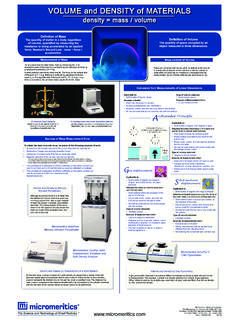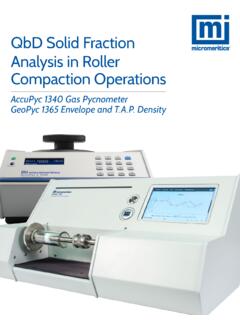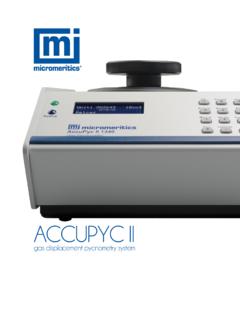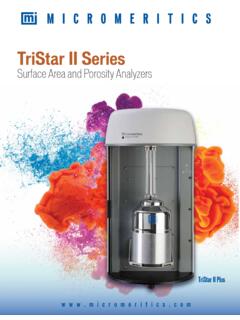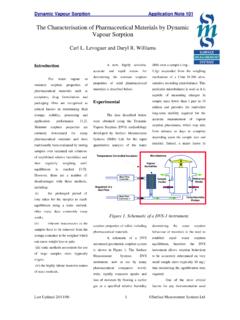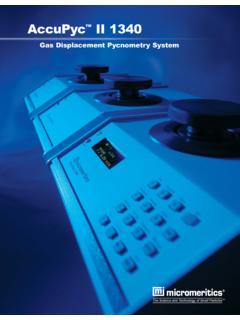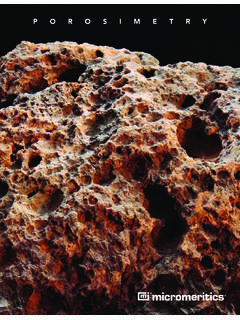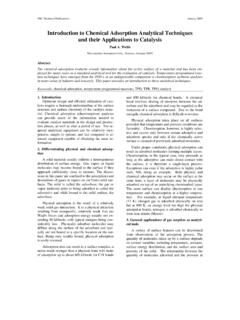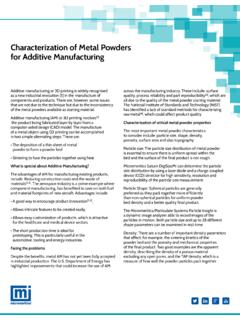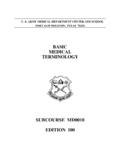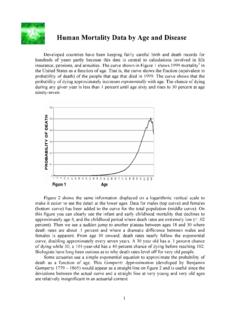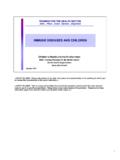Transcription of TECHNIQUE Temperature Programmed Reduction …
1 AutoChem II 2920 TECHNIQUE Temperature Programmed Reduction (TPR) Temperature - Programmed Reduction (TPR) determines the number of reducible species present on the catalyst surface and reveals the Temperature at which the Reduction of each species occurs. An important aspect of TPR analyses is that the sample need not have any special characteristics other than containing reducible TPR analysis begins by flowing an analysis gas (typically hydrogen in an inert carrier gas such as nitrogen or argon) through the sample, usually at ambient Temperature . While the gas is flowing, the Temperature of the sample is increased linearly with time and the consumption of hydrogen by adsorption/reaction is monitored. Changes in the concentration of the gas mixture downstream from the reaction cell are determined. This infor-mation yields the volume of hydrogen uptake. Figure 1 is typical of TPR reports from the AutoChem II 2920

